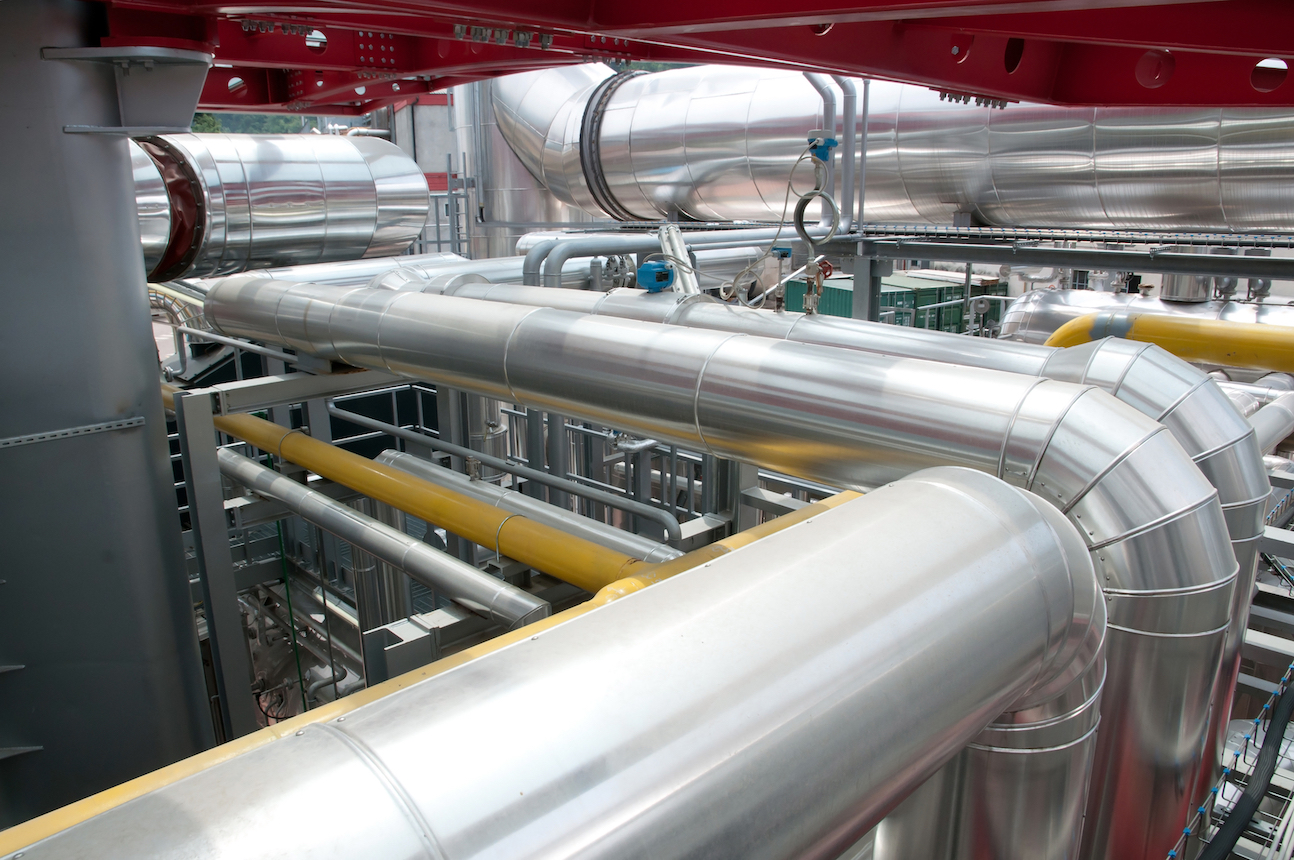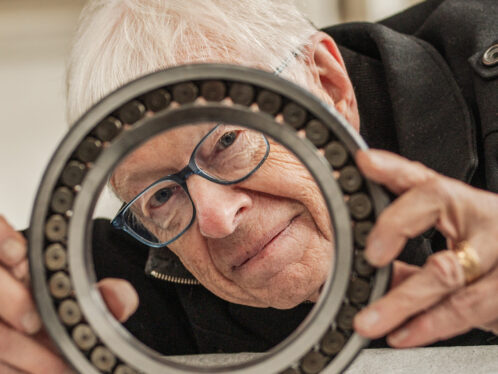
We all scream for ice cream
To many, a great dinner would not be complete without ice cream for dessert.
The dictionary defines ice cream as a “smooth, sweet, cold food prepared from a frozen mixture of milk products, containing a minimum of 10 percent milk fat and flavourings.”
But anyone who ever let a spoonful of ice cream slowly melt on his or her tongue knows that ice cream is more than a few frozen ingredients. It’s a sensual experience that silences even the most confirmed chatterbox, at least for a minute.
The origin of ice cream is subject to dispute. Some researchers trace it to ancient China, others to India or Arabia. In Europe it was first introduced by the Italians, probably in medieval times.
Without air, ice cream would be similar to an ice cube, which is why it is necessary to agitate the ingredients while chilling them. For centuries, ice cream was made by hand in a large bowl, but in 1846 American Nancy Johnson contributed mightily to the world of ice cream by inventing the hand-cranked freezer.
In 1946, the Italian company Carpigiani was founded to manufacture and market the first machine for the production of whipped ice cream. It was an immediate success. The company has since developed pasteurizers, horizontal whippers and machines for soft ice cream and milk shakes. It is now one of the world leaders in this business.
The whippers are a vital part of the ice cream machine. They agitate the milk mix and incorporate the air that gives the product its characteristic lightness. SKF delivers angular contact ball bearings and deep groove ball bearings to the Carpigiani whippers, thus contributing to the pleasure of millions of ice cream lovers all over the world.




